The Swiss Cheese Plant (Monstera deliciosa) is a favourite among indoor gardeners, loved for its large, glossy, fenestrated leaves that bring a tropical feel to any room. But while many plant owners focus on watering schedules, repotting, and light conditions, one critical aspect of plant care is often overlooked—cleaning the leaves.
If your Monstera’s leaves have a thin layer of dust, it’s not just a cosmetic issue. That dust can affect photosynthesis, transpiration, and even pest control. With modern homes often having recycled indoor air and varying air quality, keeping your plant’s leaves clean can actually make a measurable difference in its growth and overall health.
Also Read- Eco-Friendly Pest Control: Home Remedies for Swiss Cheese Plant Leaf Bugs
1. Why Dust Builds Up on Indoor Plants
Dust particles in homes come from multiple sources—fabric fibres, pet dander, human skin cells, pollen, and even tiny particles from cooking or open windows. In city apartments, air pollution from traffic or construction can also contribute.
Because the Swiss Cheese Plant has large leaves with broad surfaces, dust settles quickly and can be more noticeable than on smaller-leaf plants. This build-up can happen faster in:
- Homes with pets.
- Properties near busy roads.
- Rooms with heavy foot traffic or fabric furniture.
2. How Dust Affects Photosynthesis
Plants rely on their leaves to absorb light for photosynthesis—the process of converting light into energy. When dust coats the leaves:
- Light penetration is reduced, lowering the plant’s ability to make food.
- Over time, this can cause slower growth and weaker stems.
- The leaves may lose their glossy appearance, looking dull or faded.
For a Swiss Cheese Plant—where leaf size and beauty are its main appeal—dust can be especially detrimental.

3. The Role of Stomata and Air Exchange
Leaf undersides have tiny pores called stomata that regulate gas exchange—taking in carbon dioxide and releasing oxygen. These pores also release water vapour in a process called transpiration, which helps regulate plant temperature.
When dust accumulates:
- Stomata can become partially blocked.
- The plant’s ability to breathe and release moisture is reduced.
- This can increase stress, especially in dry indoor environments.
4. Air Quality and Swiss Cheese Plant Health
In addition to dust, poor air quality can also affect your Monstera. Pollutants like cigarette smoke, aerosol sprays, or volatile organic compounds (VOCs) from cleaning products can settle on leaves, further reducing their efficiency.
A cleaner environment benefits not just your plant but also your own health. Studies have shown that healthy indoor plants can help remove certain airborne toxins, but for your Monstera to do this effectively, its leaves must be clean and functioning at full capacity.
Also Read- Where To Place Your Swiss Cheese Plant: Finding The Perfect Indoor Spot
5. Benefits of Cleaning Your Swiss Cheese Plant’s Leaves
Regularly cleaning your plant’s leaves offers multiple advantages:
- Improved Photosynthesis – Clean leaves absorb more light, leading to stronger growth.
- Better Transpiration – Unclogged stomata improve water regulation.
- Pest Prevention – Wiping leaves helps you spot early signs of pests like spider mites or scale.
- Enhanced Appearance – Shiny, healthy leaves are more attractive and make your space look fresh.
- Better Air Purification – Healthy leaves filter indoor air more effectively.
6. How Often Should You Clean the Leaves?
The frequency depends on your environment, but generally:
- Every 2–4 weeks is ideal for most homes.
- In high-dust or urban areas, weekly cleaning may be beneficial.
- If you live near the sea, salt residue may require more frequent maintenance.
7. Best Methods to Clean Swiss Cheese Plant Leaves
1. Soft Cloth and Lukewarm Water
- Dampen a soft microfiber cloth and gently wipe each leaf on both sides.
- Avoid using paper towels, which can scratch the surface.
2. Gentle Shower
- Move your plant to the shower or outdoors on a mild day.
- Use a gentle spray of lukewarm water to rinse leaves.
- Allow to drain fully before returning indoors.
3. Natural Leaf Cleaning Solution
- Mix a few drops of mild, fragrance-free dish soap in a litre of water.
- Wipe each leaf gently, then rinse with clean water.
- This can also help remove light pest infestations.
8. What NOT to Use on Your Swiss Cheese Plant Leaves
- Commercial Leaf Shine Sprays – They may clog pores and attract dust faster.
- Harsh Chemicals – Bleach or strong detergents can damage leaf tissue.
- Oily Wipes – Oils can block light absorption and suffocate the leaf surface.
- 9. Bonus Tip: Maintain Overall Air Quality
Cleaning leaves is only part of the solution. Improving indoor air quality can reduce how often you need to clean and keep your Swiss Cheese Plant healthier:
- Use an air purifier with a HEPA filter.
- Open windows regularly to circulate fresh air.
- Avoid smoking indoors.
- Limit aerosol sprays and choose low-VOC household products.
Also Read- Creating A Tropical Oasis Indoors: Featuring Giant Leaf Plants
10. Signs Your Plant Needs a Leaf Cleaning
Watch for these indicators:
- Leaves look dull or greyish instead of glossy.
- Visible dust when you run a finger over the surface.
- Water droplets sitting on leaves instead of spreading evenly—dust can create a waxy barrier.
- Slower growth despite adequate light and water.
11. Leaf Cleaning as a Health Check
Leaf cleaning is a good opportunity to inspect your Swiss Cheese Plant for:
- Pests like thrips, mealybugs, or scale insects.
- Yellowing or brown tips, which could indicate watering or nutrient issues.
- Tears or holes unrelated to natural fenestrations, which may be signs of mechanical damage or pest feeding.
Also Read- Ultimate Guide To Caring For Tropical Indoor Plants: Essential Tips For Gardeners
12. Final Thoughts
Yes—cleaning your Swiss Cheese Plant’s leaves absolutely helps growth. In today’s climate-controlled homes, dust and pollutants can build up faster than we realise, quietly reducing your plant’s ability to thrive. By giving your Monstera a gentle wipe or rinse every few weeks, you’re not just improving its appearance—you’re actively supporting its biological processes.
Think of it as giving your plant a breath of fresh air—literally. A clean, dust-free Swiss Cheese Plant will reward you with bigger, glossier leaves, stronger growth, and a healthier indoor environment for you and your home.


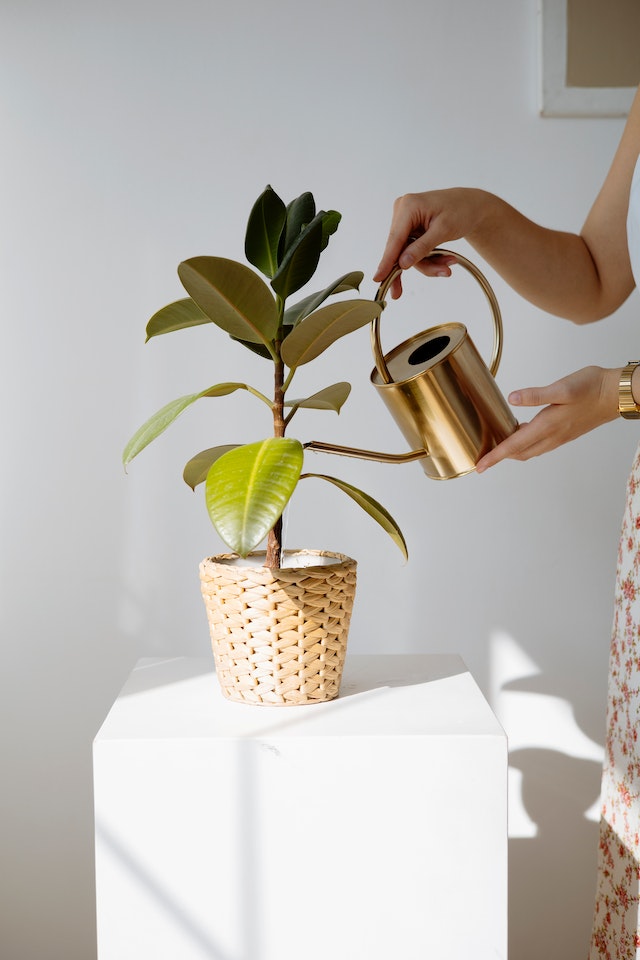

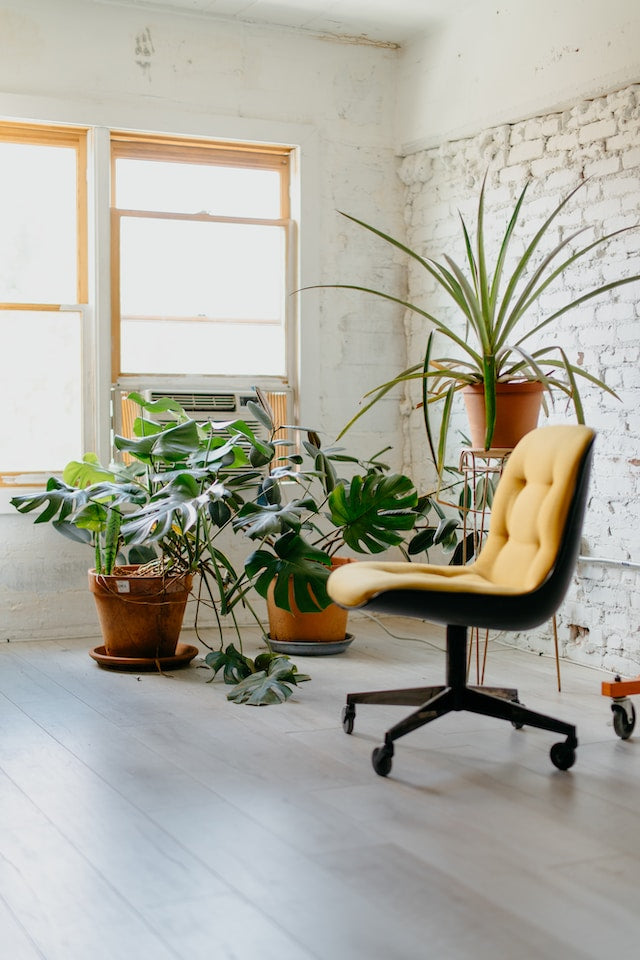
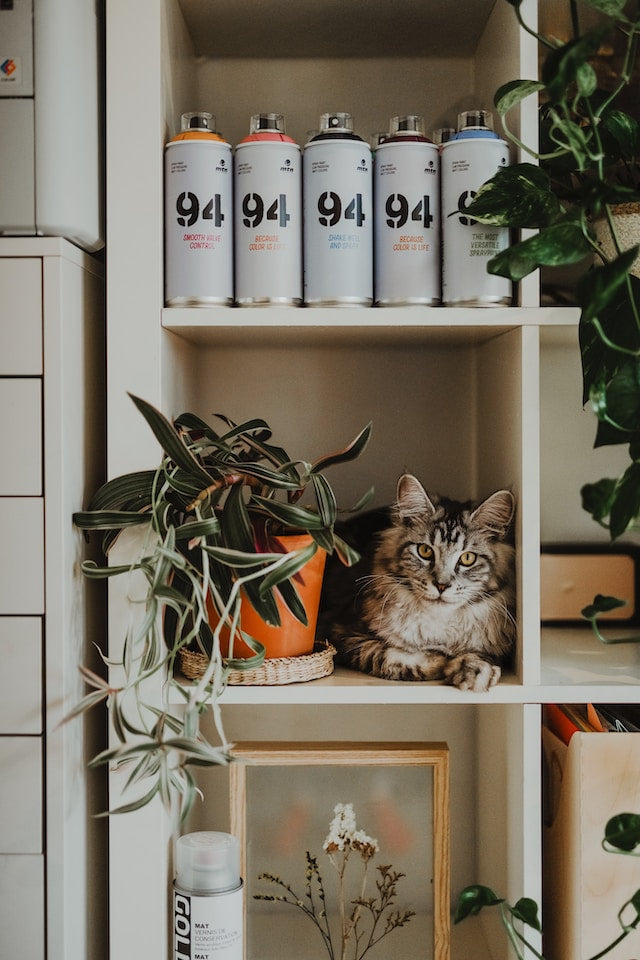
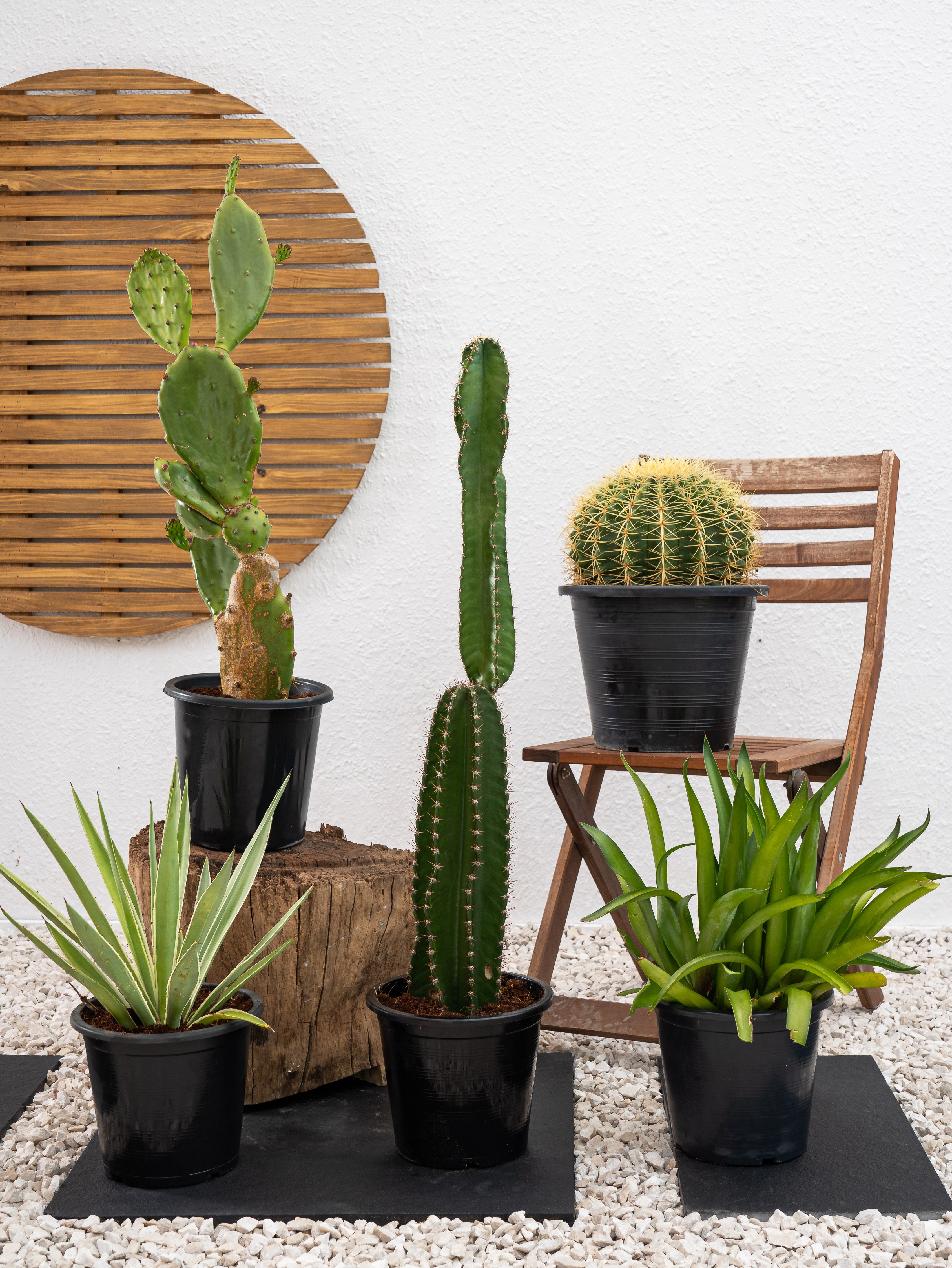

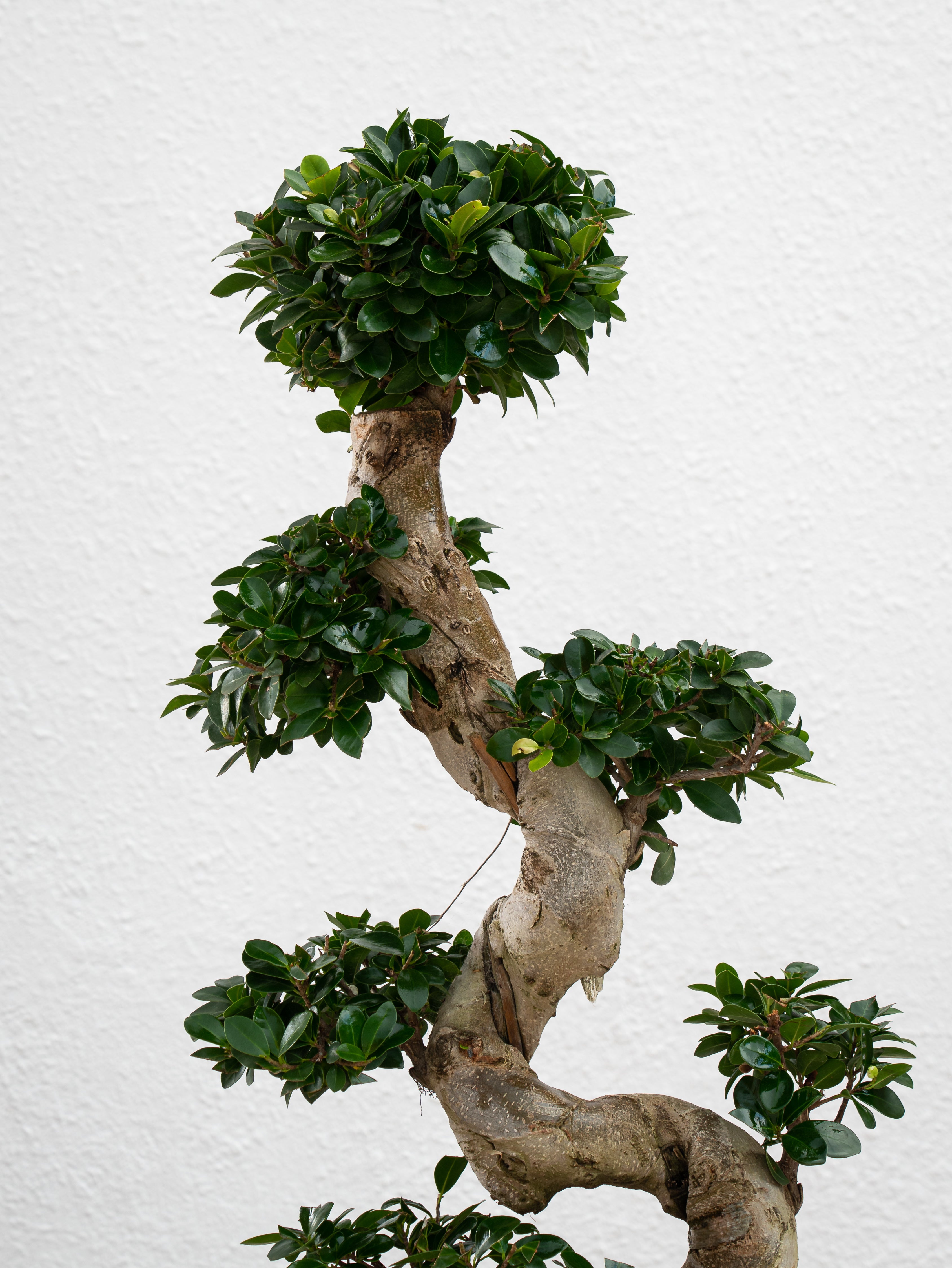
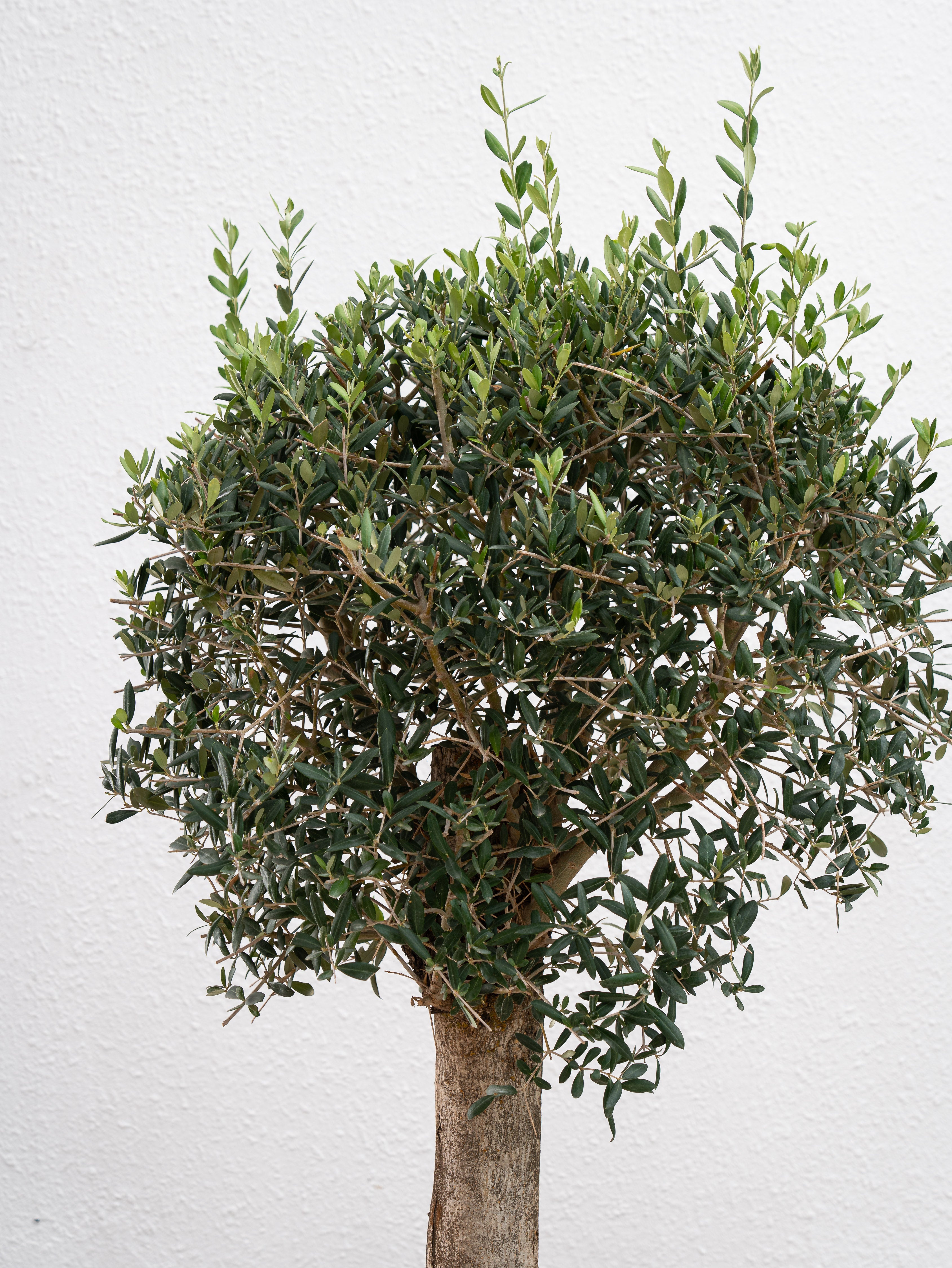
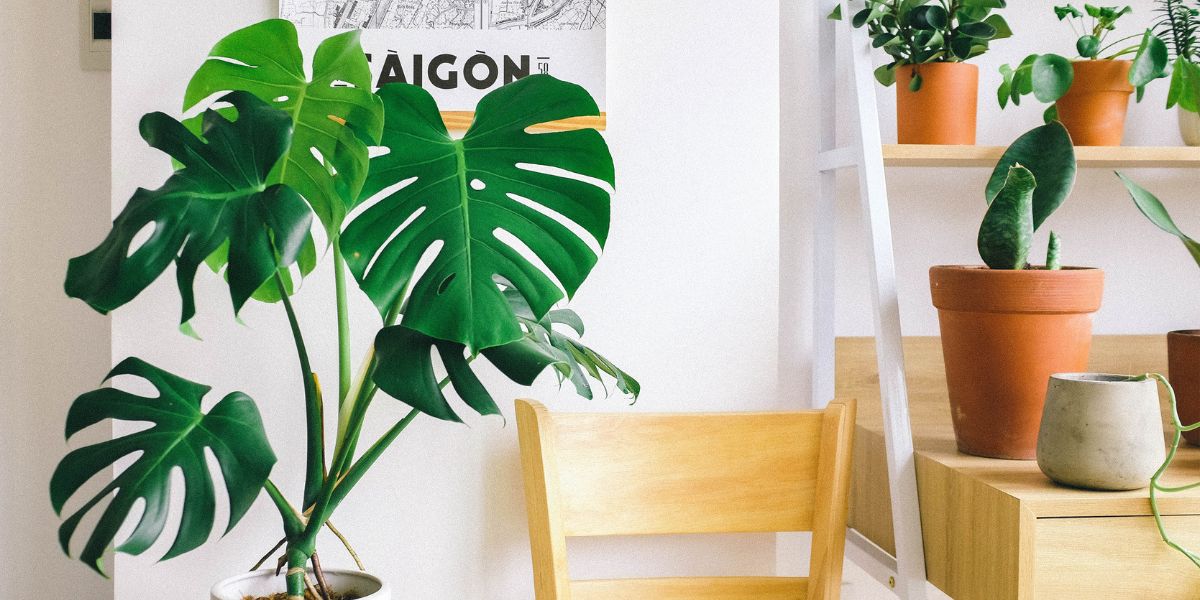
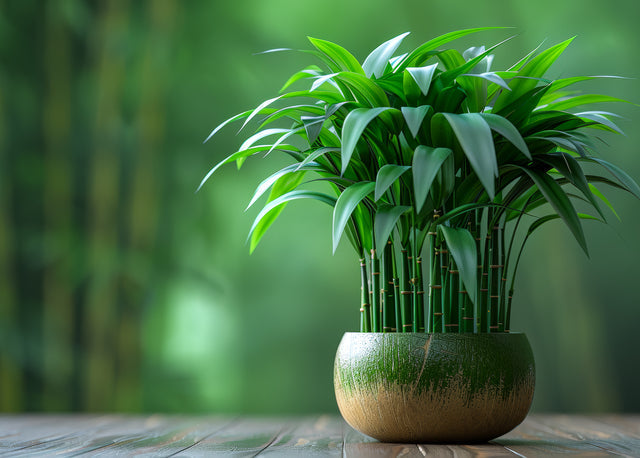
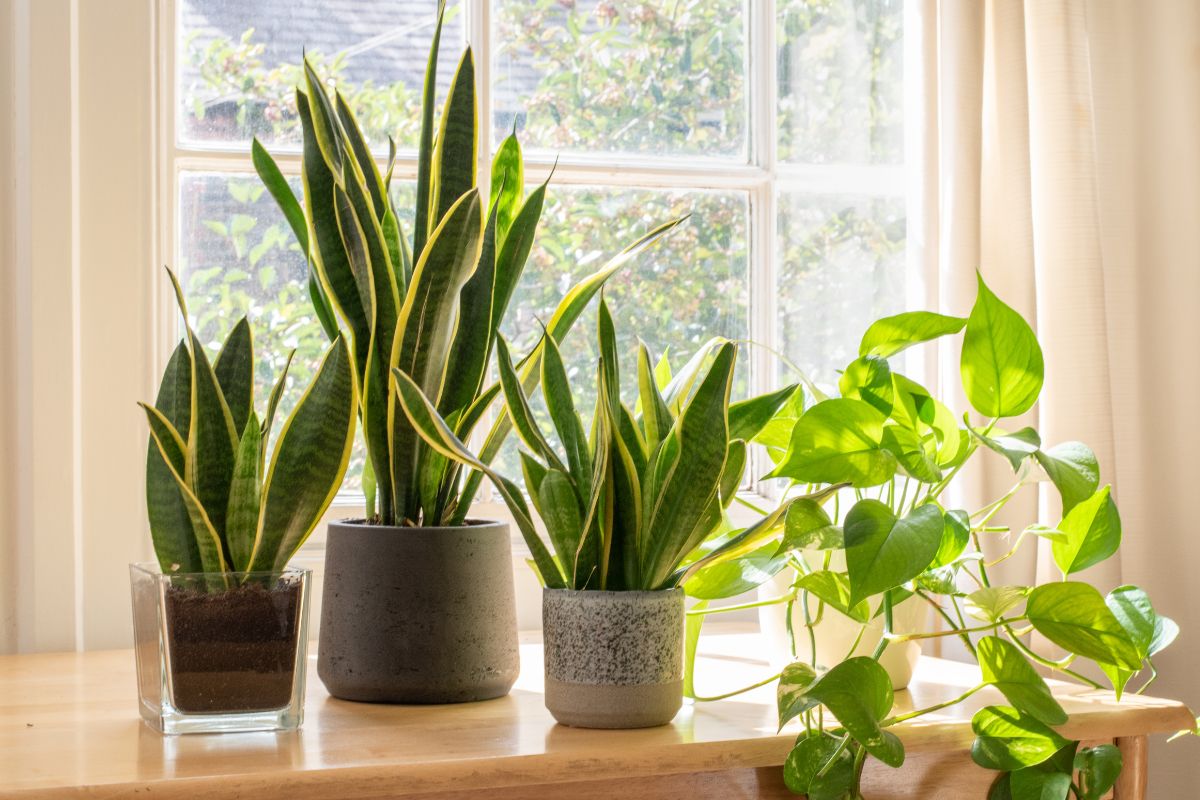
Leave a comment
This site is protected by hCaptcha and the hCaptcha Privacy Policy and Terms of Service apply.